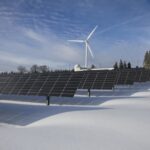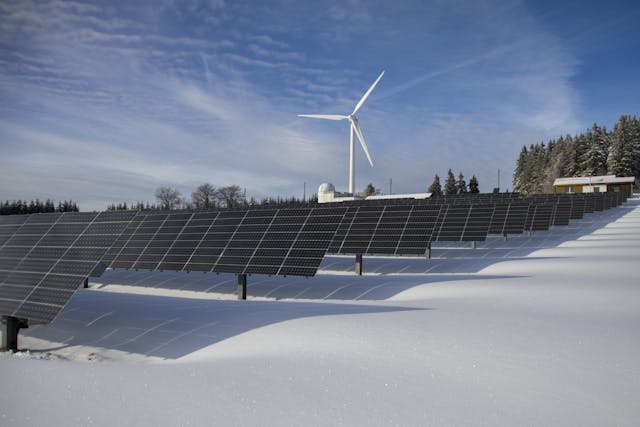Switching to solar power is a big decision, but with the right knowledge, the process can be smooth and rewarding. Here’s everything you need to know about installing solar panels on your property.
Related Searches:
> Click Here for Solar Options >
> Get Free Solar Quotes Right Now >
1. Site Assessment and Planning
The first step is to conduct a site assessment, where an installer will evaluate your roof’s potential for solar power. They’ll check for factors like roof orientation, shade, and structural integrity.
Bonus: If your roof isn’t suitable for solar, ground-mounted solar systems can be an alternative.
2. Solar Panel Types
There are three main types of solar panels to choose from:
- Monocrystalline: High efficiency and sleek appearance but more expensive.
- Polycrystalline: More affordable but slightly less efficient.
- Thin-film: Lightweight and flexible, ideal for unconventional spaces.
Monocrystalline panels are generally the best choice for homeowners looking for maximum efficiency and aesthetics.
3. Inverter and Battery Options
Solar panels produce direct current (DC) electricity, which needs to be converted into alternating current (AC) for home use. This is done by inverters. Additionally, if you want to store excess energy, you’ll need to invest in a solar battery system.
- String inverters: Most cost-effective but less efficient for systems with shading issues.
- Microinverters: More expensive but highly efficient, especially in partial shade.
4. The Installation Process
Once you’ve selected your panels and inverter, the installation begins. The typical process involves mounting the panels, installing the inverter, and connecting your system to the grid. It can take 1-3 days for residential installations.
5. Maintenance and Monitoring
Once installed, solar panels require very little maintenance. You can expect to clean them a couple of times a year, especially after periods of heavy dust or pollen. Many solar systems come with monitoring apps that allow you to track your energy production and usage in real-time.
Pro Tip: Schedule annual professional inspections to ensure everything is functioning optimally.









